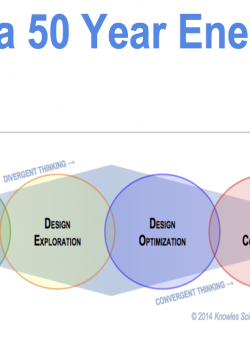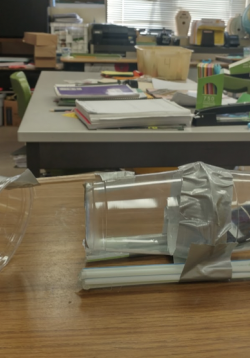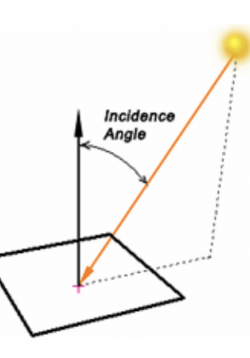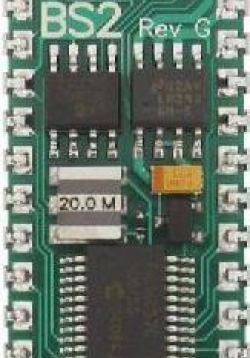Light Source Efficiency: Exploring Irradiance
This lesson explores the concept of irradiance by having students use a Vernier Pryanometer. Using the “Light Source Efficiency” worksheet to guide their work, students measure irradiance as compared to the Sun’s irradiance to see what would be the best...







